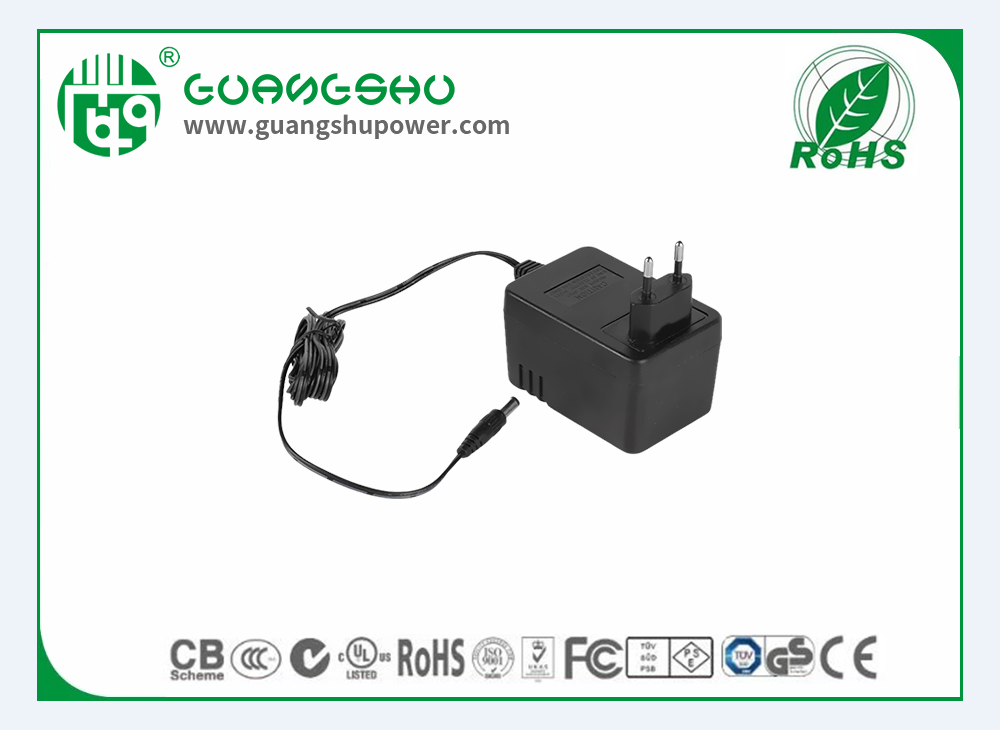Time:2025-03-21 Views:0

A switching power adapter is a crucial component in modern electronics, converting electrical power from one form to another. Its operation is based on the principle of high - frequency switching.
At the heart of the switching power adapter is a power semiconductor switch, such as a MOSFET or an IGBT. The input voltage, usually from the mains supply (e.g., 110V or 220V AC), is first rectified to a DC voltage. This DC voltage is then rapidly switched on and off by the power switch. When the switch is on, energy is stored in an inductor. When the switch is off, the inductor releases this stored energy. The frequency of switching is typically in the range of tens to hundreds of kilohertz.
use of high - frequency switching offers several advantages. Firstly, it allows for the use of smaller and lighter inductors and capacitors compared to linear power supplies. This is because the energy storage and transfer occur more rapidly at higher frequencies. Secondly, the overall efficiency of the power adapter is significantly increased. By reducing the power losses associated with continuous - current operation as in linear power supplies, the switching power adapter can convert a larger proportion of the input power to the desired output power. The output voltage is regulated by controlling the duty cycle of the power switch, which is the ratio of the time the switch is on to the total switching period. This regulation ensures a stable output voltage regardless of changes in the input voltage or the load.
Read recommendations:
Is There a Relationship between Charging Speed and Data Cables?